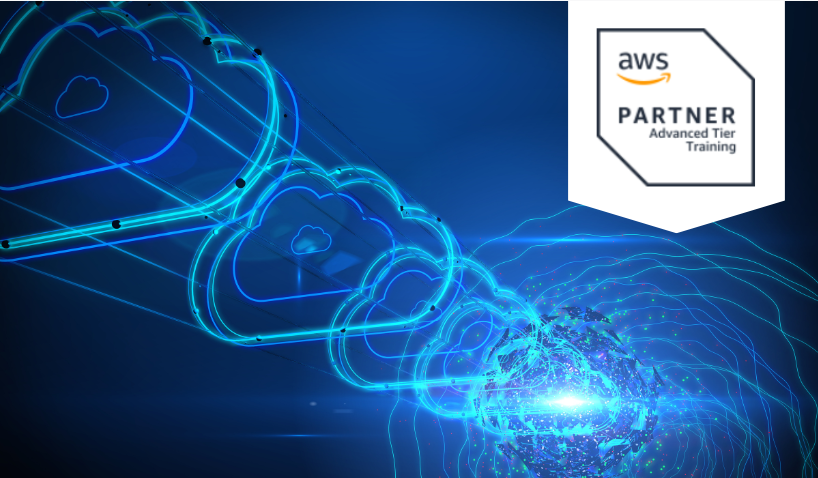Module 1: Introduction to data lakes
Describe the value of data lakes
Compare data lakes and data warehouses
Describe the components of a data lake
Recognize common architectures built on data lakes
Module 2: Data ingestion, cataloging, and preparation
Describe the relationship between data lake storage and data ingestion
Describe AWS Glue crawlers and how they are used to create a data catalog
Identify data formatting, partitioning, and compression for efficient storage and query
Lab 1: Set up a simple data lake
Module 3: Data processing and analytics
Recognize how data processing applies to a data lake
Use AWS Glue to process data within a data lake
Describe how to use Amazon Athena to analyze data in a data lake
Module 4: Building a data lake with AWS Lake Formation
Describe the features and benefits of AWS Lake Formation
Use AWS Lake Formation to create a data lake
Understand the AWS Lake Formation security model
Lab 2: Build a data lake using AWS Lake Formation
Module 5: Additional Lake Formation configurations
Automate AWS Lake Formation using blueprints and workflows
Apply security and access controls to AWS Lake Formation
Match records with AWS Lake Formation FindMatches
Visualize data with Amazon QuickSight
Lab 3: Automate data lake creation using AWS Lake Formation blueprints
Lab 4: Data visualization using Amazon QuickSight
Module 6: Architecture and course review
Post course knowledge check
Architecture review
Course review


